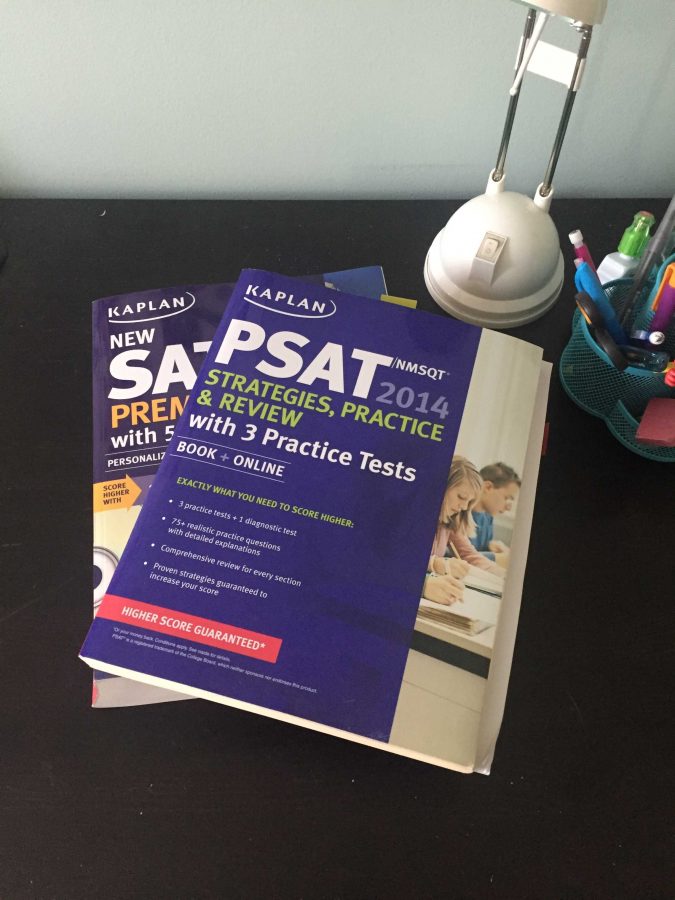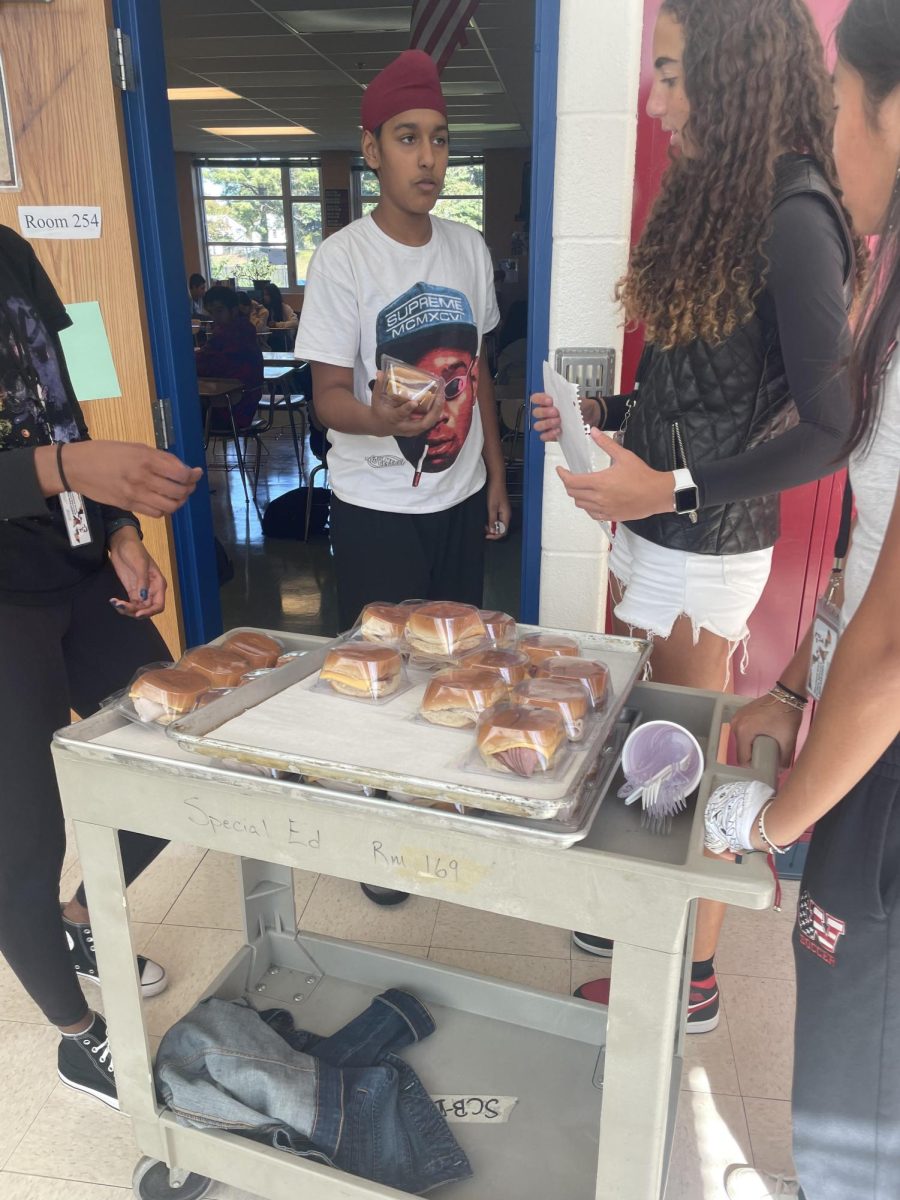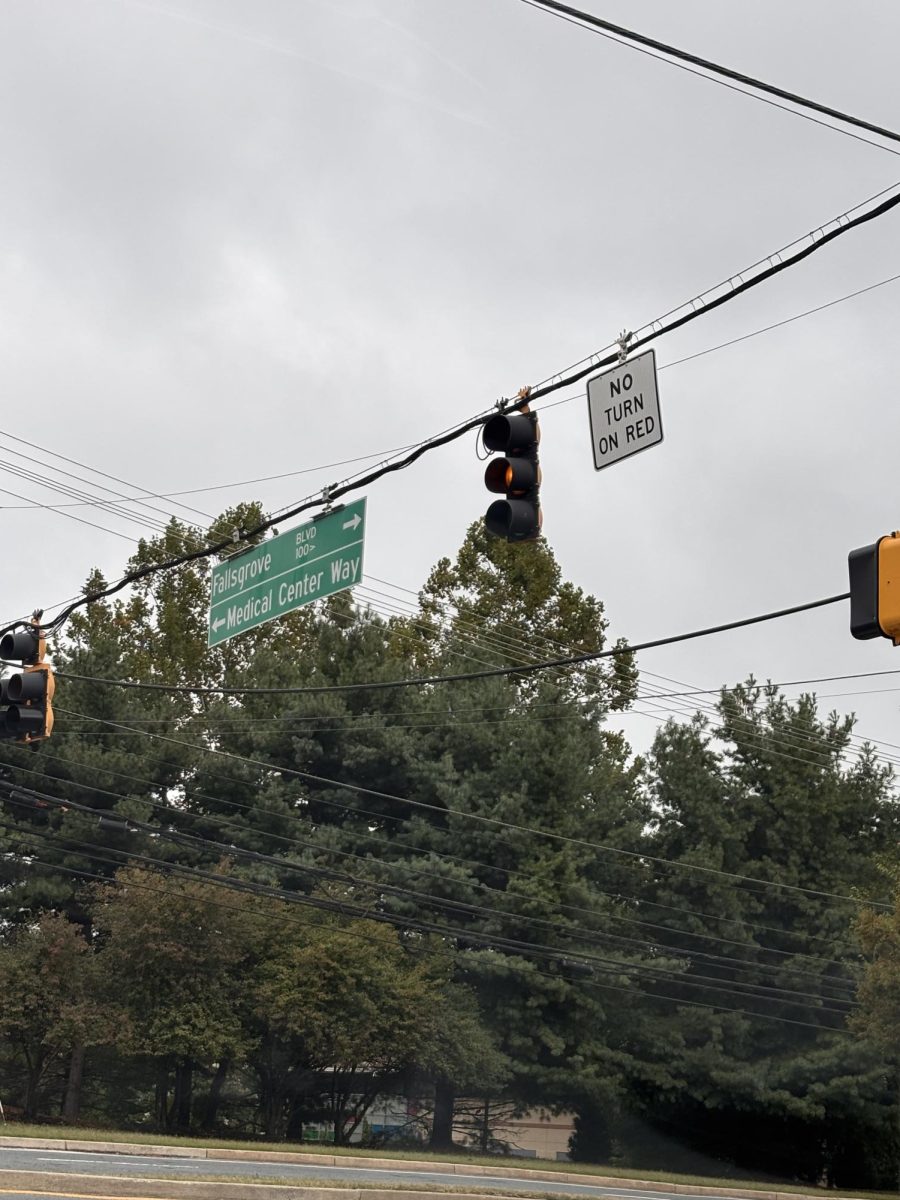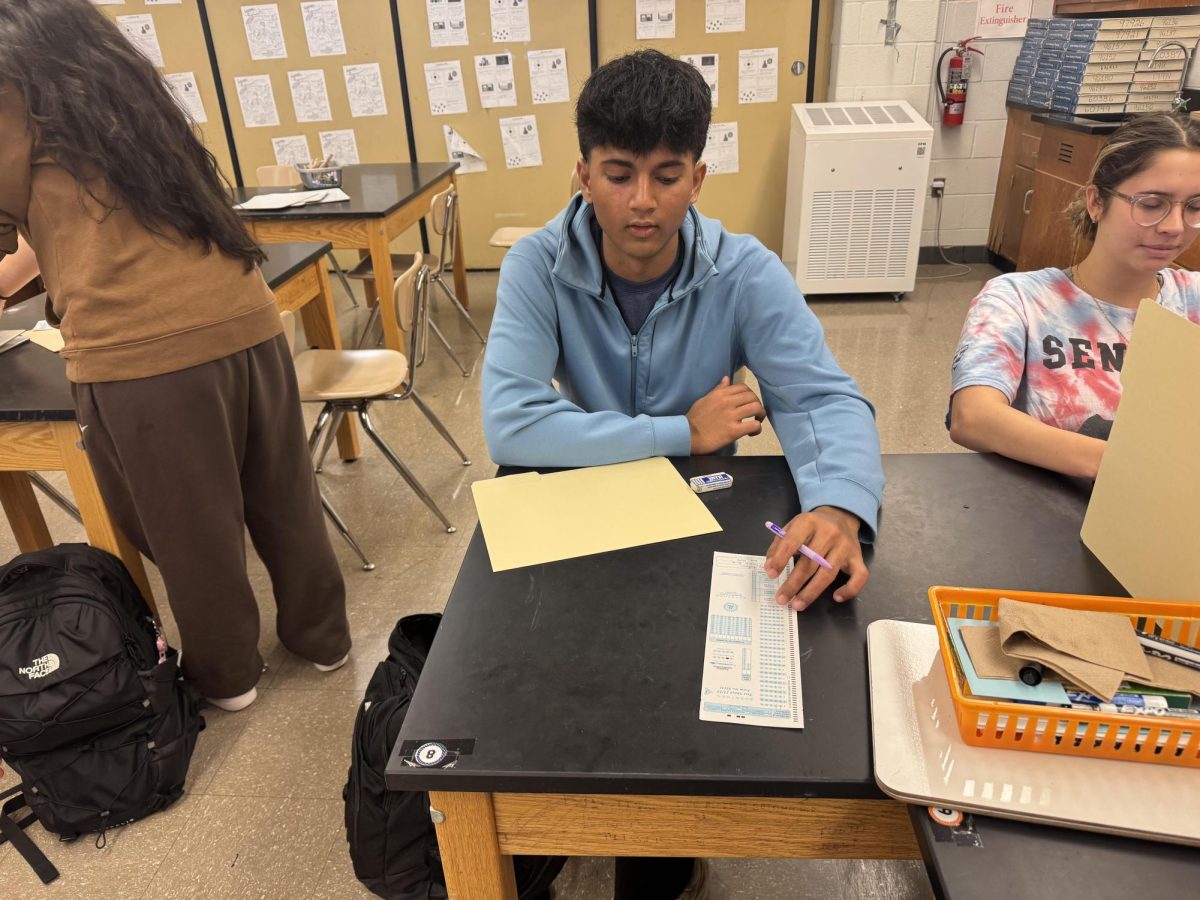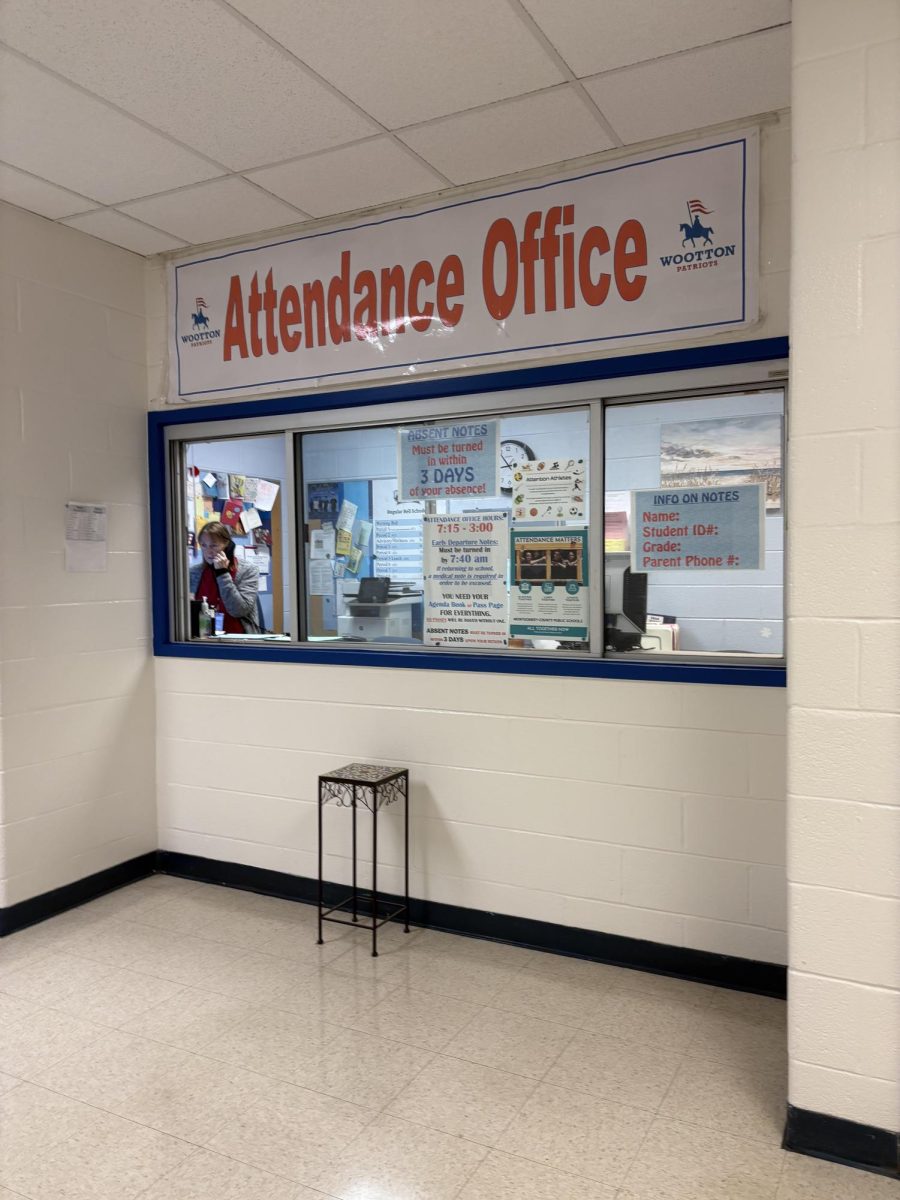New batteries are put in calculators, number two pencils are sharpened, endless bubble sheets are filled in and students are put in a room of tension-filled silence for three hours. October is the month when high school students around the nation take the annual Preliminary Scholastic Aptitude Test and National Merit Scholarship Qualifying Test (PSAT/ NMSQT).
The PSAT serves two purposes: for SAT practice and entering the Merit Scholarship Competition. A PSAT full score is 1520, unlike the SAT, which is out of 1600. “I am taking the PSAT this year because I really need practice before the real SAT test. It will help me hone in on the different skills needed for the test,” junior Mina Senthil said.
Freshmen and sophomores take the PSAT as a practice test to see what score they would get on the real SAT since they do not meet the entry requirements for the 2019 National Merit Program. The PSAT score roughly resembles the score students would get on the actual SAT exam. Juniors however, are mainly vying for a chance to be one of the 50,000 high-scoring participants in the nation who qualify for program recognition. “I took the PSAT my junior year mainly to see if there was possible scholarship opportunities if I did well,” senior Margot Bartol said.
National Merit Scholarship Corporation uses PSAT/NMSQT Selection Index scores as an initial screen of around 1.6 million program entrants. The Selection Index score is calculated by doubling the sum of the Reading, Writing and Math test scores. For everyone who took the PSAT in October, scores will come out on Dec. 11.
In September, about 34,000 high scoring juniors will be designated Commended Students. They will be named on the basis of a nationally applied Selection Index qualifying score that may vary from year to year. In the state of Maryland, the qualifying score has been steadily increasing each year. The cut-off Index score for the state of Maryland was 222 this year. The Commended Students will receive Letters of Commendation sent through their high schools. They will not continue in the competition for National Merit Scholarships but some may be candidates for Special Scholarships, offered by corporate sponsors.
Of the 50,000 high-scoring applicants, around 16,000, representing less than one percent of the nation’s high school graduating seniors, will qualify as semifinalists. Ninety percent of semifinalists, about 15,000 students, will qualify as a finalists. The 7,500 National Merit Scholarships and 1,200 Special Scholarships will be awarded selectively to the finalists. There are three types of National Merit Scholarships: National Merit $2,500 Scholarships, Corporate-sponsored scholarships and College-sponsored scholarships.
Fourteen seniors from this school learned they qualified as a semifinalist last month. All the seniors applied to be a finalist and they will get the results in January. One of semifinalists was Julia Kim. “I was very surprised when I learned I was one of the semifinalists because I heard how challenging it was to actually get it. I am very glad that my hard work paid off,” Kim said.
Hannah Ho
Back Page Editor


